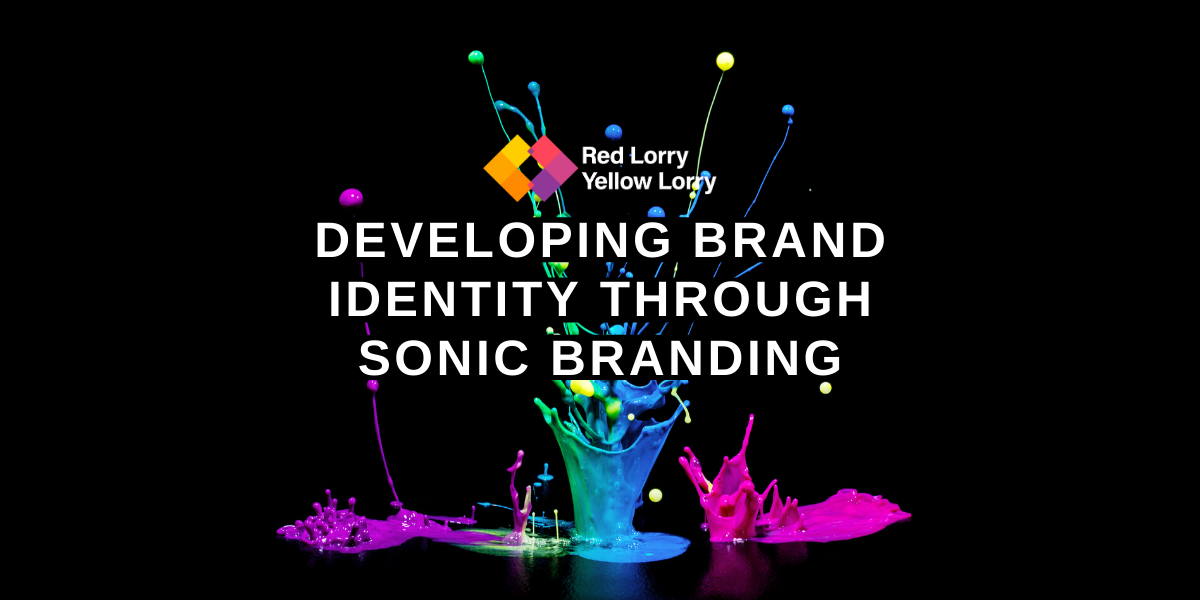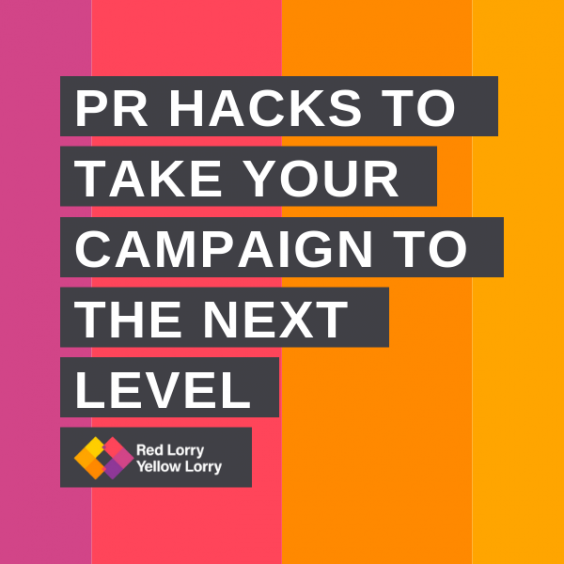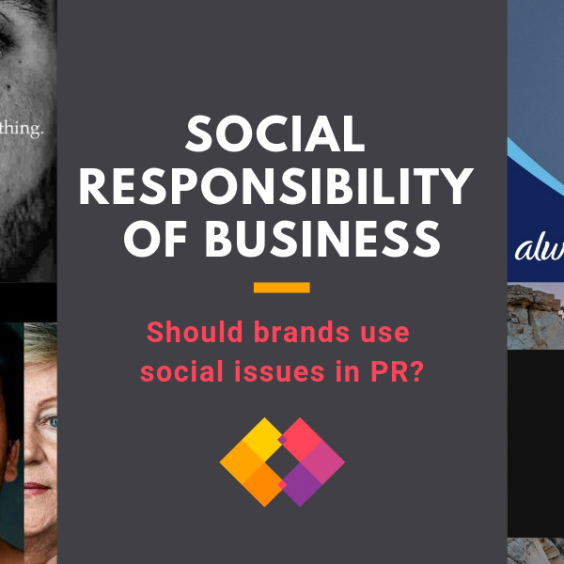When we talk about a brand’s identity, what do we always associate it with? Logos, symbols, colors, product names, or spokespeople are typically the first things that come to mind. Which of course, makes sense.
When you look at an advertisement on a billboard, or a sidebar ad on a site, you’re taking in all of these visual elements and associating them with the brand they’re representing.
Visual branding is extremely important to a brand’s identity, but it’s only one dimension of what advertisers can offer. Sonic branding is now playing a growing role.
What is sonic branding?
No, I’m not talking about the much-needed redesign of Sonic the Hedgehog in his new movie. Sonic branding is the practice of applying sound or music to a brand, and making it just as much a part of the brand’s identity as its logo. This is by no means a new concept; companies have been using jingles and theme songs for years, creating earworms that dig into our subconscious and stick in your head for days on end. Every single one of us might forget what we had for breakfast this morning, but could recite the McDonald’s “I’m Lovin’ It” jingle, or the NBC “chime” in an instant.
Think of how powerful that concept is. Something as simple as five musical notes in the “I’m Lovin’ It” jingle are pushed into our minds, and that brand – along with everything associated with it (red logo, big yellow arches, burgers and fries etc.), are instantly top of mind. This is a dream scenario for marketers and advertisers looking to expand their brand’s image and reach, and is something that more and more companies are experimenting with.
What’s next in audio identities
The growth of sonic branding ties into wider technological trends. We’re moving more and more away from physical versions of…well…anything. Credit cards are turning into digital payment methods, owning your own car has given way to ride-sharing tools, and going to the grocery store has given way to services like Instacart.
Should we find ourselves doing the archaic task of actually being at a grocery store, most of us aren’t digging through our wallets for our credit cards anymore. With digital payment methods like Apple Pay, we just pull out our phone, tap an NFC target and go on our way. You aren’t looking at your card, and you’re not making that connection between the credit card company and its brand identity (well, until your credit card bill is due at least).
For the consumer, this digitalization makes our lives more convenient. But the issue for brands is that their identity is fading. This is where sonic branding becomes so important for companies to take into consideration. If we’re tapping our phones and going on our way, why not add in a quick little sound when that payment is complete?
As such, we’re seeing a shift away from former iterations of sonic branding that were more focused on jingles, towards brand sounds that aren’t totally musical, but are nevertheless there to dig into your ears and force you, with Pavlovian-like effort, to attach that sound to a brand.
Mastering the art of the sonic brand
This is precisely what MasterCard has done. In a recent expansive rebrand, the credit card giant has overhauled its identity, and assembled a team (including musicians like Mike Shinoda of Linkin Park) to develop its own sonic identity. When a Mastercard user taps their phone, smart watch, or even their NFC-enabled cards, a new, distinct sound will play, confirming to the consumer that the payment is complete. Much like when we know we’re about to see those golden arches when we hear the McDonald’s jingle, MasterCard users will know their payment was successful when they hear that noise.
Taking it even a step further, the company has created variations of the noise to play for different scenarios. You’ll hear a different noise when you use it for a taxi than you would if you use it to pay for coffee at a café, for example.
Lessons learned for marketers
In the modern media landscape, marketers in fast-moving industries need to do whatever it takes to establish their identity and stand out from the competition. Traditional approaches to developing a brand’s identity can’t keep up with the digital-first direction our world is heading. We’re going to start to see more and more brands begin to incorporate sonic branding into their marketing plan, which totally shifts the brand identity paradigm.
“Logos” will no longer be exclusively visual. The MasterCard sound represents the shift to audible “sound logos” that will be just as synonymous as the arches are to McDonalds.
As this trend grows, new companies will start to develop sonic identities at the same time they’re developing their visual identities. Their “sound logo” will be as much a part of their launch as their visual logo and marketers have to be prepared to embrace this change.
To find out more about our b2b PR and marketing services, drop us a line at hello@rlyl.com or visit our contact page.
Sign up to our b2b marking and PR newsletter



